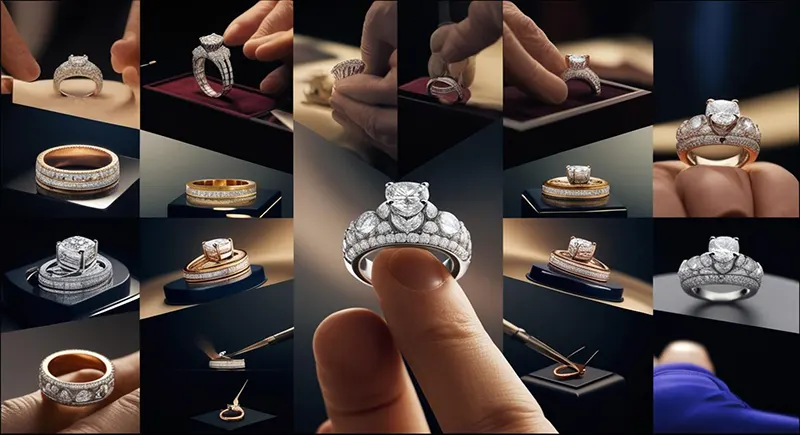The engagement ring has long been a symbol of commitment and love, but when it comes to the Spanish royal family, these rings take on a deeper, more symbolic significance. The engagement ring of a royal figure is often not just a personal gesture, but also a reflection of the political, social, and cultural shifts occurring within the country. Over the years, the Spanish royal engagement rings have evolved to mirror the changes in Spanish society, from the monarchy’s role in the country to the evolving position of women in public life. In this article, we explore how these royal engagement rings are intertwined with Spain’s social changes and political landscape.
Spanish royal engagement rings have always been more than just a symbol of personal commitment. When a member of the royal family gets engaged, the ring represents the merging of two powerful families, and, in a way, it signifies the nation’s unity. Throughout Spain’s history, these engagement rings have also symbolized the royal family’s ties to the state and its influence on shaping Spain’s political identity. One of the most notable features of these rings is that they often feature intricate designs and rare gemstones, carefully chosen to convey a sense of status and tradition.
The engagement ring worn by Princess Letizia of Asturias, for instance, is a striking example of how royal rings can reflect societal shifts. The ring, which is a vintage design, was given to her by Prince Felipe in 2003. It is set with a striking ruby and diamonds, symbolizing not only the couple’s personal love but also a modernization of the monarchy. Princess Letizia was a commoner before marrying into the royal family, which was a break from royal tradition. Her engagement ring represented a significant departure from the past, highlighting how Spain’s monarchy was adapting to the contemporary world and social change. Letizia’s story is a testament to the evolving status of women in Spanish society, and her engagement ring symbolized a new era for the Spanish crown.
Another example can be seen in the engagement ring of Queen Sofia of Spain. When King Juan Carlos proposed to her in the 1960s, her ring was a symbol of Spain’s political transformation. At the time, Spain was under the dictatorship of Francisco Franco, and the monarchy was often seen as a tool of political power rather than a symbol of national unity. Queen Sofia’s ring, however, stood as a quiet, yet powerful, symbol of hope for the future. As Spain transitioned to democracy in the late 1970s, the royal engagement ring became a symbol of not only love but also the changing tides in Spanish politics and governance.
Over time, the Spanish royal engagement rings have reflected the changing expectations of the monarchy and its relationship with the public. During the reign of King Juan Carlos, the monarchy was seen as a force for democratic change, and his engagement to Queen Sofia was part of this larger political narrative. However, with the emergence of a more modern monarchy under King Felipe VI, the engagement rings of royal figures like Princess Letizia or the engagement ring of Infanta Cristina highlight how Spain’s monarchy has become more approachable and connected to the people. These shifts are not only reflected in their personal relationships but also in their public image and the way they present themselves.
In conclusion, Spanish royal engagement rings offer more than just a glimpse into the personal lives of the royal family; they are emblematic of larger political and social transformations. These rings serve as a reflection of the monarchy’s evolving role within Spanish society, and their symbolism extends far beyond that of traditional engagement rings. They represent societal progress, the breaking down of old conventions, and the modernizing forces at work within Spain. As the royal family continues to evolve, so too will the significance of their engagement rings, each serving as a mirror to the changing tides of Spanish society.










